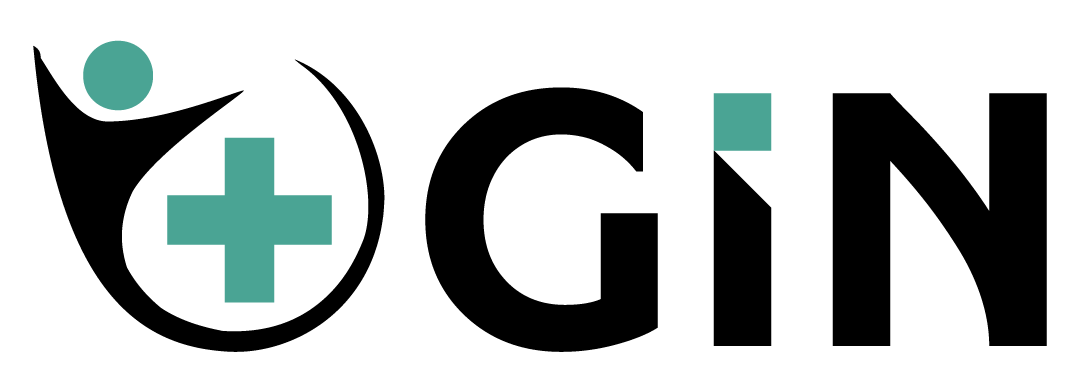Food labels contain valuable information, but understanding them can be tricky. Many packaged foods contain hidden sugars, unhealthy fats, and artificial additives that can negatively impact your health. Learning how to decode food labels can help you make better choices at the grocery store.
Key Elements to Check on Food Labels
Serving Size Matters
Pay attention to serving sizes—what appears to be a small portion on the label may not reflect what you actually eat.
Watch Out for Added Sugars
Ingredients like high-fructose corn syrup, cane sugar, and agave nectar all contribute to excess sugar intake. Look for products with minimal added sugar.
Identify Unhealthy Fats
Trans fats and excessive saturated fats can increase cholesterol and heart disease risk. Opt for foods with healthy fats like olive oil and avocados.
Look for Artificial Additives
Avoid artificial flavors, preservatives, and colorings that may have negative health effects.
By mastering the skill of reading food labels, you can make informed dietary choices and avoid harmful ingredients. Small changes in your shopping habits can have a big impact on long-term health.

